Michael’s father was more circumspect. As a retired army man himself, Arthur McConville did not like it when the soldiers came around on patrol, speaking informally to him, as if he no longer held a place in the chain of command. At one end of the Divis complex, a twenty-storey tower had been constructed, becoming the tallest building in Belfast that wasn’t a church. The first eighteen floors consisted of flats, but the British Army took over the top two for use as an observation post. As tensions mounted below, army lookouts could monitor the whole city with binoculars.
The troops had scarcely arrived before they began to lose the goodwill of the community. The young soldiers did not understand the complicated ethnic geography of Belfast. They soon came to be seen not as a neutral referee in the conflict, but rather as an occupying force – a heavily armed ally of the B-Specials and the RUC.
Catholics had started to arm themselves and to shoot at loyalist adversaries, at the police, and eventually at the army. Gun battles broke out, and a few Catholic snipers took to the rooftops by night, lying flat among the chimneys and picking off targets below. Incensed by such aggression, the army and the police would shoot back, with heavier weaponry, and the neighbourhoods echoed with the crack of M1 carbines and the harsh clatter of Sterling sub-machine guns. Thinking that it would make them harder for the snipers to spot, the B-Specials used revolvers to shoot out the street lights, which plunged the city into darkness. British troops patrolled the empty streets in their half-ton Land Rovers with their headlights off, so as not to present a target. For all the chaos, the number of people actually killed in the Troubles was initially quite low: in 1969, only nineteen people were killed, and in 1970, only twenty-nine. But in 1971, the violence accelerated, with nearly two hundred people killed. By 1972, the figure was nearly five hundred.
With a population that was almost entirely Catholic, Divis Flats became a stronghold for armed resistance. Once the McConvilles moved into the complex, they were introduced to something that local residents called ‘the chain’. When police or the army came to the front door of a particular flat in search of a weapon, someone would lean out of the back window of the flat and pass the gun to a neighbour who was leaning out of her back window in the next flat. She would pass it to a neighbour on the other side, who would pass it to someone further along, until the weapon had made its way to the far end of the building.
It was at Divis Flats that the first child to die in the Troubles lost his life. It had happened before the McConvilles moved in. One August night in 1969, two policemen were wounded by sniper fire near the complex. Prone to panic and untrained in the use of firearms in such situations, the police hosed bullets from an armoured car indiscriminately into Divis. Then, during a pause in the shooting, they heard a voice ring out from inside the building. ‘A child’s been hit!’
A nine-year-old boy, Patrick Rooney, had been sheltering with his family in a back room of their flat when a round fired by the police pierced the plasterboard walls and struck him in the head. Because intermittent volleys of gunfire continued, the police refused to allow an ambulance to cross the Falls Road. So eventually a man emerged from the flats, frantically waving a white shirt. Beside him, two other men appeared, carrying the boy, with his shattered head. They managed to get Patrick Rooney to an ambulance, but he died a short time later.
Michael McConville knew that Divis was a dangerous place. Patrick Rooney had been close to his age. At night, when gun battles broke out, Arthur bellowed, ‘Down on the floor!’ and the children would drag their mattresses to the centre of the flat and sleep there, huddled in the middle of the room. Sometimes it felt as if they spent more nights on the floor than in their beds. Lying awake, staring at the ceiling, Michael would listen to the sound of bullets ricocheting off the concrete outside. It was a mad life. But as the anarchy persisted from one month to the next, it became the only life he knew.
One July afternoon in 1970, a company of British soldiers descended into the warren of alleys around Balkan Street, off the Falls Road, looking for a hidden stash of weapons. Searching one house, they retrieved fifteen pistols and one rifle, along with a Schmeisser sub-machine gun. But as they climbed back onto their armoured vehicles and prepared to pull out of the neighbourhood, a crowd of locals confronted them and started throwing stones. In a panic, the driver of one of the Pigs reversed into the crowd, crushing a man, which further enraged the locals. As the conflict escalated, a second company of troops was sent in to relieve the first, and soldiers fired canisters of tear gas into the crowd.
Before long, three thousand soldiers had converged on the Lower Falls. They axed down doors, bursting into the narrow houses. They were officially searching for weapons, but they did so with the kind of disproportionately destructive force that would suggest an act of revenge. They disembowelled sofas and overturned beds. They peeled the linoleum off the floors, prising up floorboards and yanking out gas and water pipes. As darkness fell, a military helicopter hovered above the Falls Road and a voice announced over a loudspeaker, in a plummy Eton accent, that a curfew was being imposed: everyone must remain in their houses or face arrest. Using the tips of their rifles, soldiers unspooled great bales of concertina wire and dragged it across the streets, sealing off the Lower Falls. Soldiers patrolled the streets, wearing body armour and carrying riot shields, their faces blackened with charcoal. From the windows of the little homes, residents stared out at them with undisguised contempt.
It may have been the tear gas, as much as anything, that brought West Belfast together in virulent opposition. A cartridge would skitter across the pavement, trailing a billowing cloud, and send the adolescent rock throwers scattering. Over the course of that weekend, the army fired sixteen hundred canisters of gas into the neighbourhood, and it gusted through the narrow laneways and seeped into the cracks in draughty old homes. It crept into people’s eyes and throats, inducing panic. Young men bathed their faces with rags soaked in vinegar and went back out to throw more stones. One correspondent who reported on the siege described the gas as a kind of binding agent, a substance that could ‘weld a crowd together in common sympathy and common hatred for the men who gassed them’.
Michael McConville made the most of this turbulent boyhood. He grew up with a healthy scepticism towards authority. The British Army was no different from the police, in his view. He watched them throwing men against the wall, kicking their legs spread-eagle. He saw soldiers pull fathers and brothers out of their homes and haul them away, to be detained without trial. Arthur McConville was unemployed. But this was hardly unusual for Divis Flats, where half the residents relied entirely on welfare assistance to support their families.
When the children left the flat in Divis, Jean would tell them not to stray too far. ‘Don’t wander away,’ she would say. ‘Stay close to home.’ Technically, there was not a war going on – the authorities insisted that this was simply a civil disturbance – but it certainly felt like a war. Michael would venture out with his friends and his siblings into an alien, unpredictable landscape. Even in the worst years of the Troubles, some children seemed to have no fear. After the shooting stopped and the fires died down, kids would scuttle outside and crawl through the skeletons of burned-out lorries, trampoline on rusted box-spring mattresses, or hide in a stray bathtub that lay abandoned amid the rubble.
Читать дальше
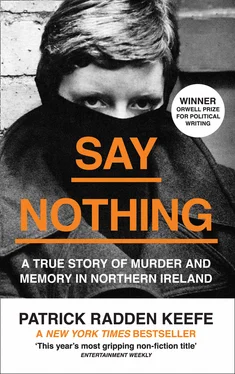
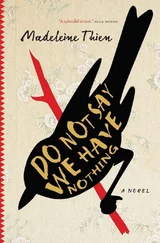
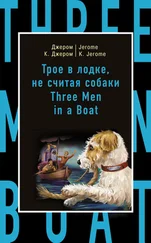

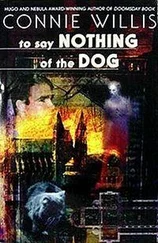
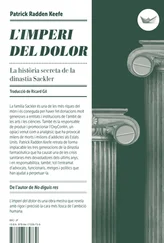
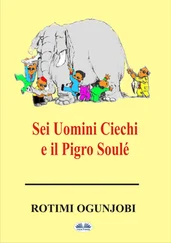





![Helen Rowland - The Widow [To Say Nothing of the Man]](/books/752764/helen-rowland-the-widow-to-say-nothing-of-the-man-thumb.webp)